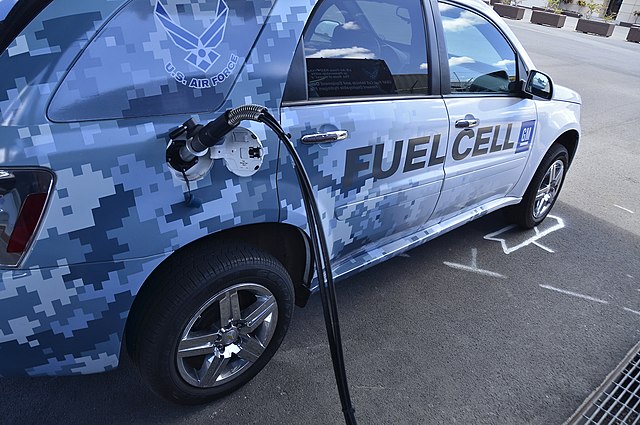The US government has published its National Clean Hydrogen Strategy and Roadmap, with plans to produce more clean hydrogen according to specific targets. It plans to hit 10 million metric tons per year by 2030, 20 million tons by 2040, and 50 million metric tons by 2050. The strategy focuses on high-impact uses, cost reduction, and the development of regional networks through collaboration across sectors. The roadmap aligns private and public sectors toward a cleaner energy future and aims to strengthen the country's leadership in the hydrogen sector. President Joseph Biden has signed legislation such as the Infrastructure Investment and Jobs Act and the Inflation Reduction Act to provide funding and incentives for clean hydrogen.
Plug Power has agreed to supply Energy Vault with 8 MW of hydrogen proton exchange membrane (PEM) fuel cells for a community microgrid project, in partnership with Pacific Gas and Electric (PG&E). The installation will be the largest of its kind in the United States, claimed Plug Power. The hydrogen fuel cell system will provide power to the city of Calistoga, California, ensuring energy resilience during wildfires and emergencies. The microgrid will combine a short-duration battery system with long-duration storage using fuel cells and green liquid hydrogen.
Hystar has secured its first commercial contract with Polish energy supplier Polenergia, with Norwegian electrolyzer producer to provide a 5 MW PEM electrolyzer for Polenergia's H2HubNS initiative. The project, situated at Polenergia's Nowa Sarzyna Cogeneration Plant in Poland, includes a green hydrogen facility suitable for fuel cell vehicles, along with two refueling stations and supporting infrastructure. Hystar said that it will deliver the systems in 2024.
Solvay and Sapio have joined forces to develop the Hydrogen Valley Rosignano Project, to facilitate the decarbonization of Solvay's operations in Rosignano, Tuscany. The collaboration entails the construction of a green hydrogen production plant, powered by a dedicated 9.5 MW photovoltaic system, scheduled for completion by mid-2026. With a capacity of 756 tons of green hydrogen per year, the plant will specifically cater to on-site peroxide production, said Solvay. The project has secured €16 million ($17.2 million) in funding from the Tuscan Region's National Recovery and Resilience Plan (PNRR), positioning it as Europe's inaugural hub for green hydrogen peroxide manufacturing.
TECO 2030 and Skeleton Technologies have agreed to start a strategic partnership to accelerate the use of renewable hydrogen in the maritime sector.
This content is protected by copyright and may not be reused. If you want to cooperate with us and would like to reuse some of our content, please contact: editors@pv-magazine.com.



3 comments
By submitting this form you agree to pv magazine using your data for the purposes of publishing your comment.
Your personal data will only be disclosed or otherwise transmitted to third parties for the purposes of spam filtering or if this is necessary for technical maintenance of the website. Any other transfer to third parties will not take place unless this is justified on the basis of applicable data protection regulations or if pv magazine is legally obliged to do so.
You may revoke this consent at any time with effect for the future, in which case your personal data will be deleted immediately. Otherwise, your data will be deleted if pv magazine has processed your request or the purpose of data storage is fulfilled.
Further information on data privacy can be found in our Data Protection Policy.